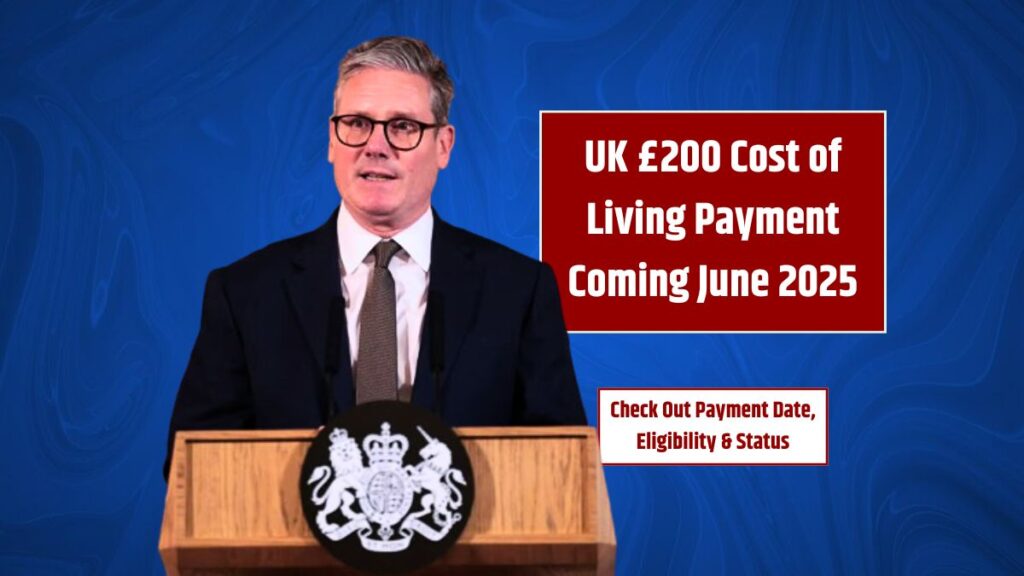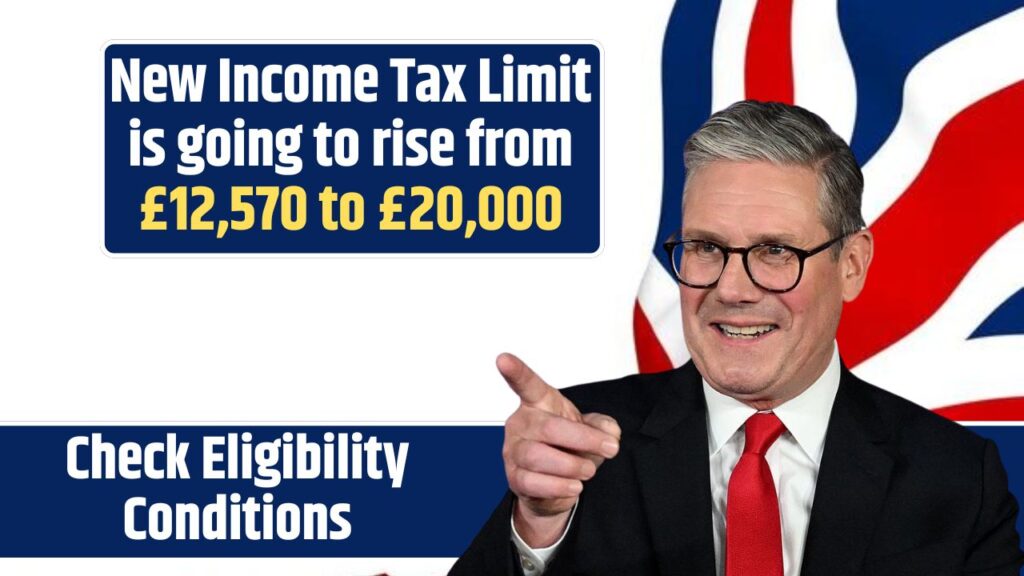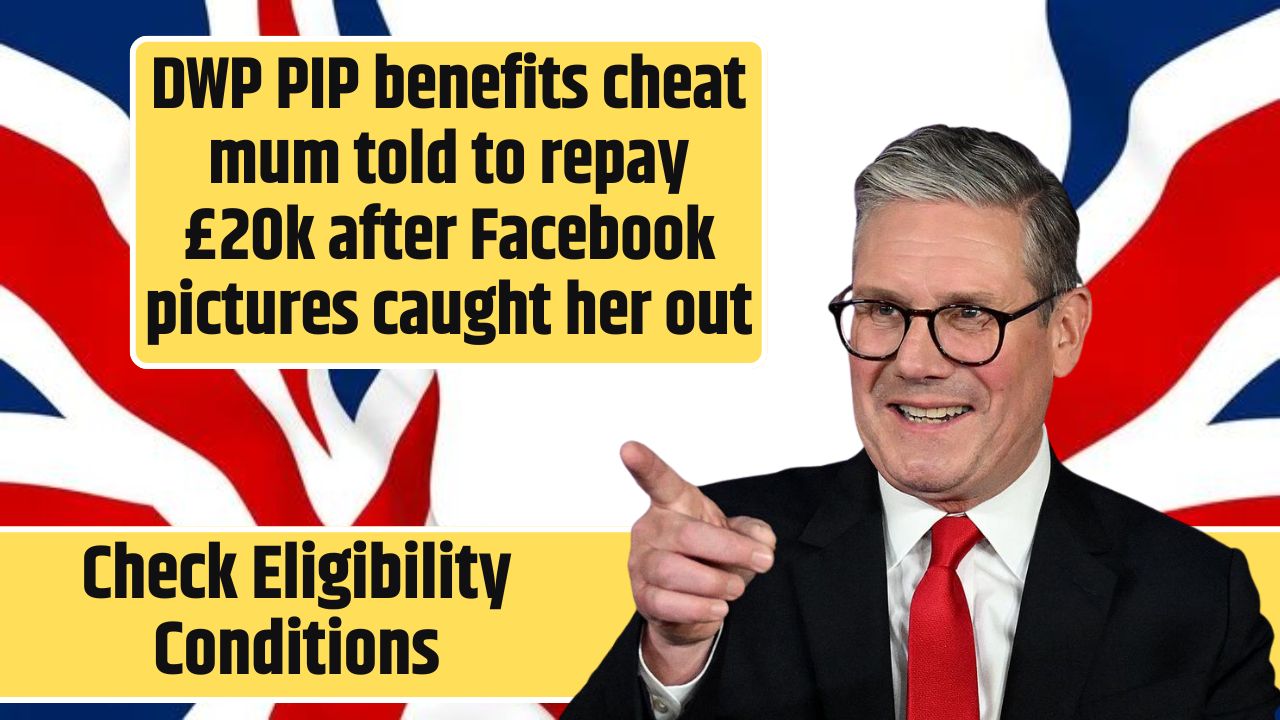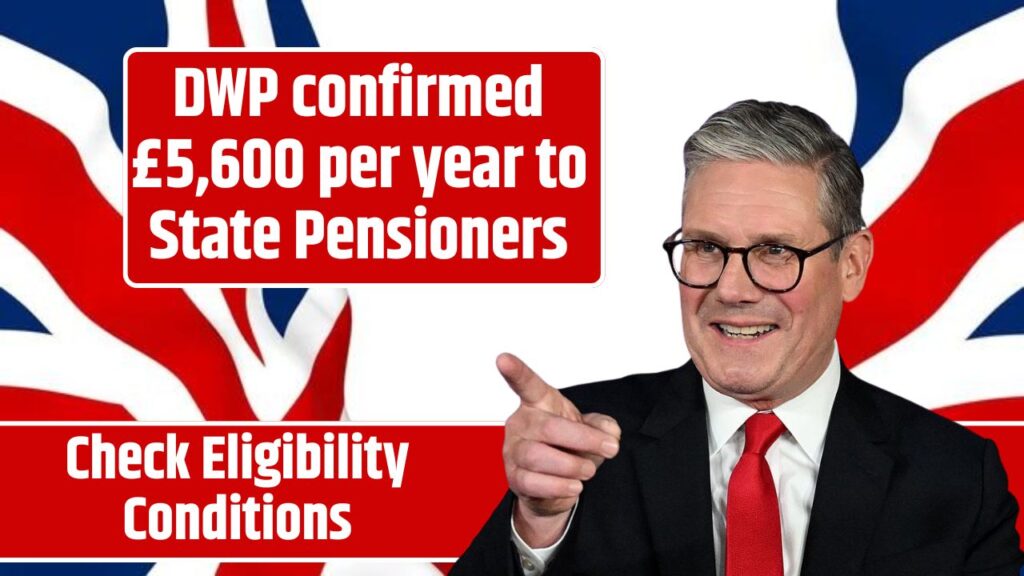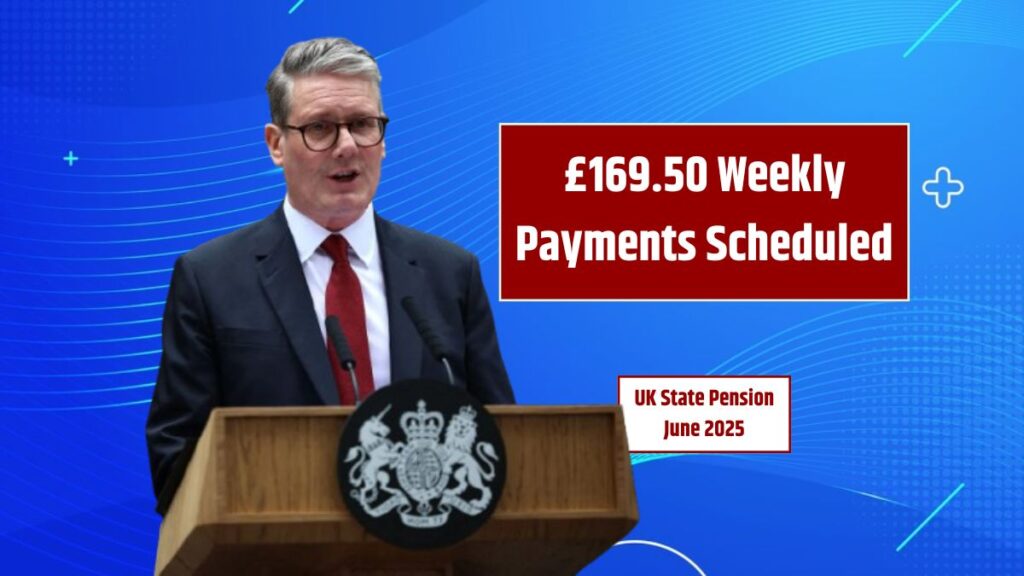As April 15, 2025, approaches, it may be your final chance to claim up to $1,600 in stimulus payments through two major programs: the $1,400 federal Recovery Rebate Credit (RRC) and the $1,600 Colorado TABOR refund. Whether you missed out on a previous federal stimulus check or qualify for Colorado’s surplus rebate, time is running out. This guide breaks down exactly who qualifies, how to claim your money, and what deadlines you need to watch.
What Are the $1,600 Stimulus Checks in April 2025?
This combined total refers to two separate payments:
| Program | Amount | Key Deadline |
|---|---|---|
| Federal Recovery Rebate Credit | Up to $1,400 per individual | April 15, 2025 |
| Colorado TABOR Refund | $1,600 (joint) / $800 (single) | Payments begin mid-2025 |
These payments aren’t new stimulus programs—they’re either retroactive federal relief from 2021 or state-issued rebates based on surplus revenue. The key is filing the correct tax returns by their respective deadlines.
The $1,400 Federal Recovery Rebate Credit
If you missed the third round of stimulus checks in 2021, this may be your last chance to receive the payment. The Recovery Rebate Credit allows eligible taxpayers to retroactively claim the missed amount by filing or amending their 2021 federal tax return.
Who Qualifies?
To be eligible for the full $1,400:
- Single filers: AGI under $75,000 (phases out at $80,000)
- Married filing jointly: AGI under $150,000 (phases out at $160,000)
- Head of household: AGI under $112,500 (phases out at $120,000)
You must also have:
- A valid Social Security Number
- Not previously received the full third stimulus payment
- Filed a 2021 tax return or be willing to file an amended return
How to Claim It
- File or Amend Your 2021 Tax Return
Use Form 1040 or Form 1040-X if you previously filed but missed the credit. - Use IRS Free File
Available if your income was under $73,000. - Include Dependents
You may receive an additional $1,400 per qualifying dependent. - Ensure Direct Deposit Info Is Up to Date
To receive your payment quickly.
Colorado’s $1,600 TABOR Refund
Under Colorado’s Taxpayer’s Bill of Rights (TABOR), residents may receive a refund when the state collects more revenue than allowed. For tax year 2023, refunds are expected to be distributed in mid-2025, depending on your filing status.
Who Qualifies?
To receive the refund:
- You must be a Colorado resident
- Filed a 2023 state tax return by April 15, 2024
- No specific income limit, but refund amounts vary by filing status
Refund Amount
| Filing Status | Amount |
|---|---|
| Single Filers | $800 |
| Joint Filers | $1,600 |
Payments will be made by check or direct deposit based on information from your 2023 return.
Action Plan: How to Secure Up to $1,600
Step 1: Check Your Eligibility
- Use the IRS Get My Payment Tool to check your federal payment status.
- Visit the Colorado Department of Revenue website for refund details.
Step 2: File or Amend Returns
- Federal 2021 return due by April 15, 2025
- Colorado 2023 return was due April 15, 2024 (if you missed this, the refund is no longer available)
Step 3: Use Trusted Filing Methods
- Use tax software like TurboTax or FreeTaxUSA
- Use IRS VITA services if your income is under $60,000
Step 4: Track Your Payment
- Federal refunds: Use Where’s My Refund at irs.gov
- Colorado refunds: Monitor your Revenue Online portal
Don’t Miss These Deadlines
| Action | Deadline |
|---|---|
| File/amend 2021 federal return | April 15, 2025 |
| Colorado TABOR return (2023 taxes) | April 15, 2024 (closed) |
| Expect TABOR refunds to arrive | Mid-2025 |
With up to $1,600 still available through federal and state stimulus-style payments, this is your last clear window to act. Whether it’s the Recovery Rebate Credit or Colorado’s TABOR refund, making sure you file the right return is the only way to receive what you’re owed.
FAQs
How will I get the TABOR refund?
By direct deposit or check, based on how you received your Colorado tax refund for 2023.
Is the TABOR refund taxable?
No. It is not considered income for federal tax purposes.
Can dependents qualify for the $1,400 RRC?
Yes. Each qualifying dependent listed on your 2021 return may add an additional $1,400 to your credit.





